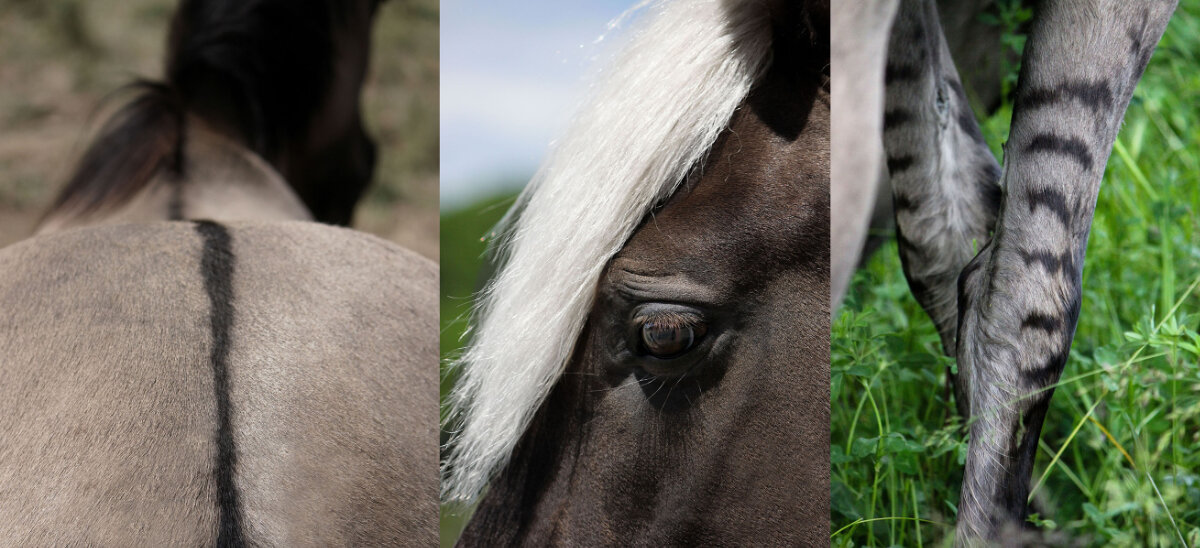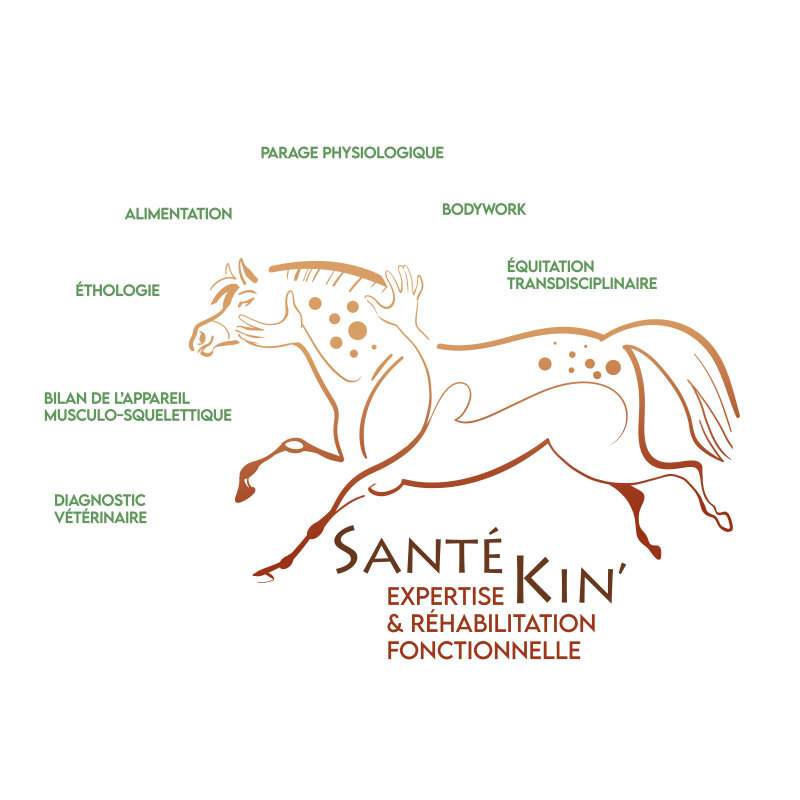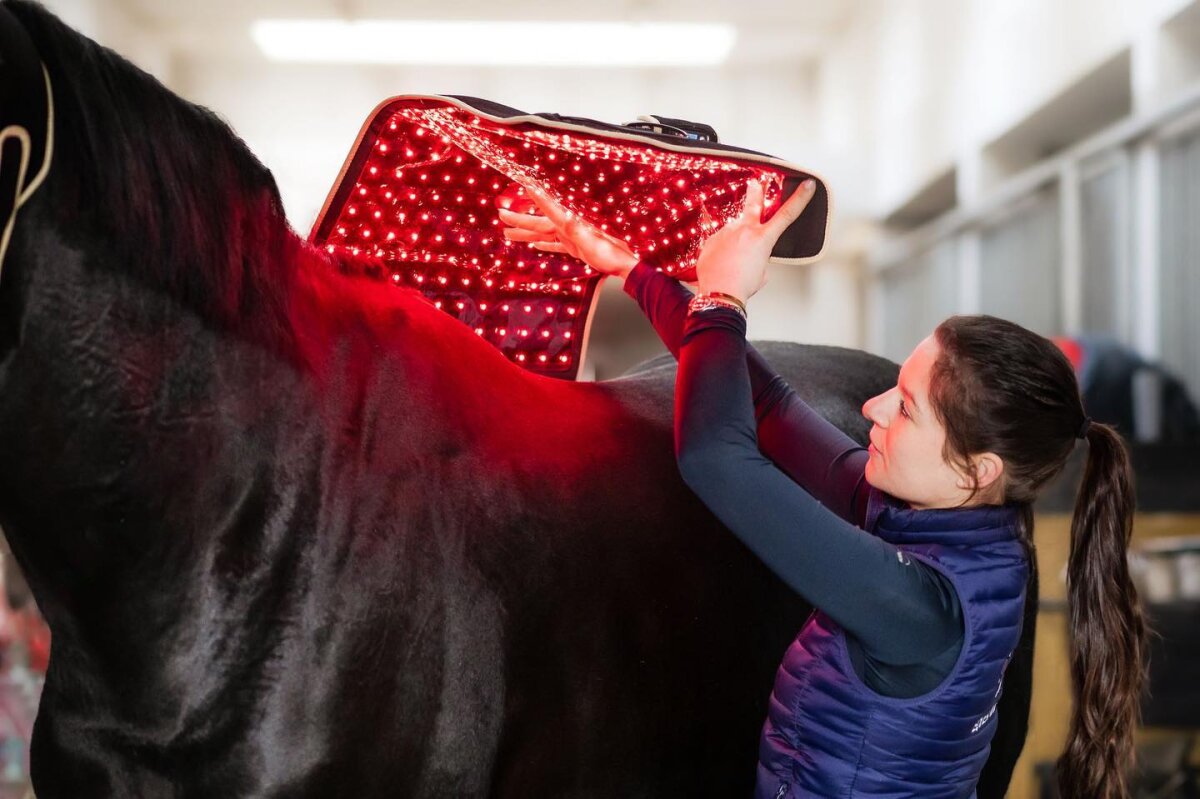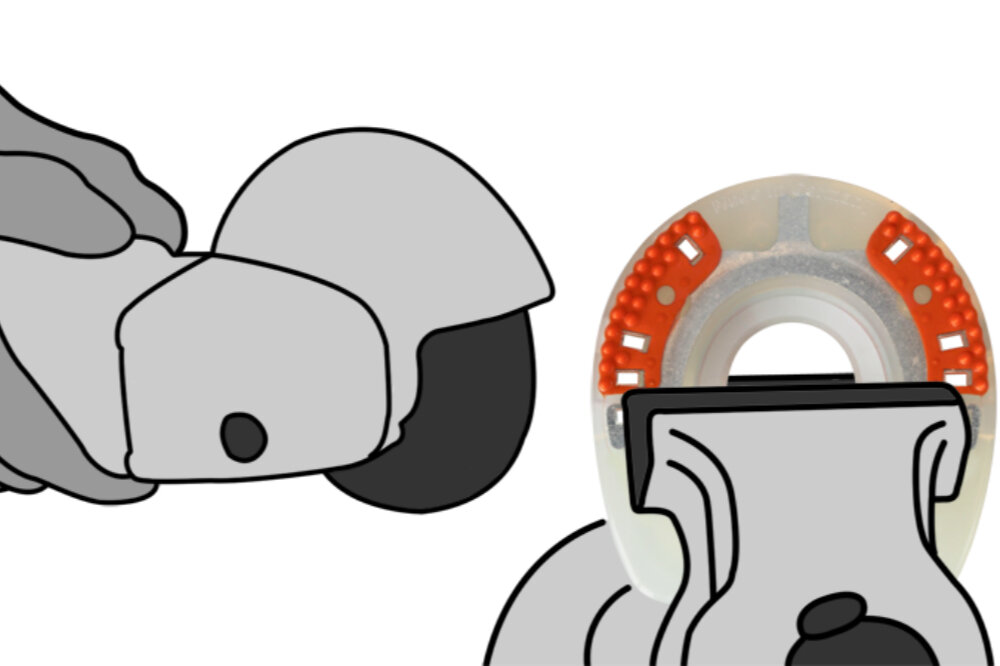"YOU ARE WHAT YOU EAT” OR HAY, THE INVALUABLE FOOD FOR HORSES
For centuries the Steppes were home to generations of wild horses. Here the horses roamed freely eating on average 16 hours a day on whatever fresh or dry grasses and herbs that they could find, according to the season. We don’t need to be scientists to understand how the horses of those times lived and ate. A steady rhythm of eating and constant movement, normally at a slow pace, an absorption of the necessary nutrients over the whole day. it is these conditions which have made horses physiologically what they are today.
THE DIGESTIVE SYSTEM OF A HORSE
In origin, hay is grass, the basic foodstuff which horses need. Hay is made up of roughage.There are different types of natural fibres.In essence hay is essentially made up of cellulose, a polysaccharide with a slow glucide chain.These are broken down in the large intestine by beneficial bacteria. The volatile fatty acids pass into the intestinal tract where they break down and are converted into one of the two sources of energy which horses need.The process of digestion and transformation is indeed slow, but the energy generated by the fatty acids stays available for several hours and gives the horse twice the energy of glucose.
The second source of energy is glucose which is found in cereals (barley, oats, maize) flaked cereals and grains. These traditional horse feeds are absorbed by the small intestine with help from digestive enzymes and are rapidly available as a source of energy for the horse. They can only be kept in reserve by the body in very small quantities. Thus they are a source of quick release energy.
At this point it is clear then that sports horses also require enough hay in their diet. It is estimated that a figure of 1.5% of their body weight in hay is a good starting point. A horse who has a good store of energy available during performance can logically continue longer than one without. We can easily imagine that a horse is capable of feeling a lack of energy for the task demanded of him. If a horse is pushed beyond his energy availability, this can result in stress. If we think back to the horse in the wild, he will act as a flight animal in the presence of danger. These “flights” are normal and usually relatively short lived in the wild. We can often see a reduction in nervousness and a general improvement of well being in a horse who has sufficient access to hay.
|
stomach |
10–23 l |
Sugar, starch, some proteins (cereal, fibre) |
Only partially Digested |
|
small intestine |
55–77 l |
sugar, starch, fats,, proteins (cereals, fibre, molasses) |
glucose, amino-acides, fatty acides |
|
large intestine microbial fermentation |
110–180 l |
Fatty acides amino acids, (hay, straw) |
volatiles fatty acides, lactic acid, microbial protein |
The small intestine, relatively small in comparison with the large intestine can be blocked by over intake of cereals or industrial feeds (flaked cereals, granules).The excessive fermentation which can occur in the large intestine can cause large quantities of gas (stomach ache) and lactic acid, causing in turn a killing off of beneficial bacteria.
It is therefore advisable to keep a close eye on the quantity of feeds. A horse’s stomach is small and designed for ingesting food slowly. It can be overloaded which can cause problems for the digestion.
Also it is recommended to give hay at least an hour before any hard food.
60 minutes of chewing hay produces around 5kg of saliva against 1kg of hard food can be eaten in 10 minutes.An insufficient production of saliva can cause blockages of grains in the stomach which are hard to break down by digestive enzymes.This can cause an increase in stomach acids and an increased risk of gastric ulcers.The proper functioning of the large and small intestine can be disturbed sometimes resulting in frequent colics. Obviously a horse with stomach aches due to digestive problems is difficult to ride. Only a relaxed abdominal muculature can keep a relaxed back, allow a smooth movement of the hind legs, a relaxed horse, chewing with pleasure, calm, feeling good and energised and breathing freely, will allow you to ask him to move easily.
We can also observe that a horse drinks more water when eating hay and know that plentiful consumption of water is vital for well being.
A hay net which allows the horse to eat continuously is also practical. It should be used night and day in the paddock or in the box. The small holed net forces the horse to eat the hay in small strands and experience shows that he only eats what he needs. With this method we are getting closer to the natural eating behaviour of the horse.
TO CONCLUDE
A large quantity of base fibres in the diet has a considerable influence on …
..the health of the digestive system
..the reserves of continuous energy
.. nervousness in a horse’s emotions
…the formation and distribution of enzymes in the large intestine
..a balance of base acids
..the ability to use the energy provided
..the intake of water and balance of electrolytes
..good respiratory system
- By Jeannette Lersch, 05/2016 -

 German
German French
French

-for-horses.jpg)


